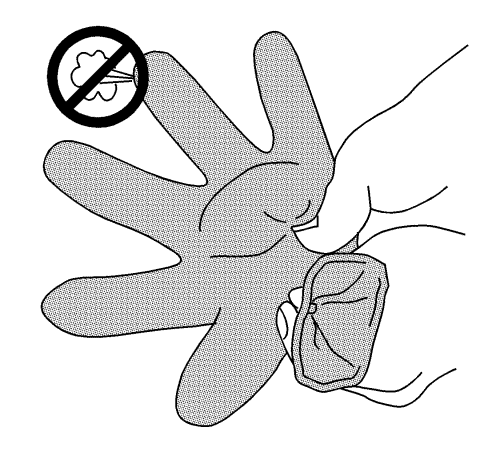High Voltage Safety
Danger: High voltage enabling and disabling shall be only performed by High Voltage Qualified Technicians. The procedures for high-voltage enabling/disabling can be found in the service instructions and must be strictly followed at all times. The usage of the Protocol High Voltage Disabling/Enabling is mandatory. The High-Voltage Qualified Technician is responsible for the adherence to the manufacturer's service instructions as well as current national legal regulations.
Failure to follow the procedures exactly as written may result in serious injury or death.
Questions regarding training can be answered by your national training centre.
Danger: Follow the safety regulations for hybrid/electric vehicles. The High-Voltage Qualified Technician is responsible for the adherence to the manufacturer's service instructions as well as current national legal regulations. Failure to follow the regulations exactly as written may result in serious injury or death.
Danger: High-voltage circuits should only be tested using the EL-50774 Low/High Resistance Meter and test leads with at least a CAT III rating or isolated test adapters such as EL-50690. Failure to follow the procedures exactly as written may result in serious injury or death.
Danger: This vehicle is equipped with a high-voltage battery that is completely isolated from the chassis earth. Never utilise AC powered test equipment to probe the high voltage system. Serious injury, death and component damage could occur if the high-voltage system is earthed through the electric utility.
Failure to follow the procedure exactly as written may result in serious injury or death.
Danger: Any hybrid/EV battery pack replacement shall be performed by High-Voltage Qualified Technicians only. The replacement procedure can be found in the service instruction and must be strictly followed at all times. The High-Voltage Qualified Technician is responsible for adherence to the manufacturer's service instructions as well as current national legal regulations. If the hybrid/EV battery pack needs to be replaced contact the Technical Assistance Centre for further instructions prior to removal of the battery pack.
Special Tools
| • | EL-50209 High-Voltage Terminal Cover |
| • | EL-48900 HEV Safety Kit |
For equivalent regional tools, refer to Special Tools .
Precautions when Performing Service or Inspections
| • | Always verify that the high voltage has been disabled before working on or around high-voltage components, wires, cables or harnesses. |
| • | Remove all metal objects such as rings and watches. |
| • | The EL-48900 HEV safety kit contains safety cones. Place the safety cones around the vehicle to alert other technicians that you are working on the high-voltage system. |
| • | Remove all keyless entry transmitters and the manual service disconnect from the vehicle and secure in a place outside the vehicle. |
| • | Always wear certified and tested high-voltage insulation gloves when inspecting or testing any high-voltage wires and components. |
| • | Use the "One Hand" rule: |
| ⇒ | Work with only one hand whenever possible. |
| ⇒ | Keep the other hand behind your back. |
| • | DO NOT carry any metal objects such as a mechanical pencil or a measuring tape that could fall and cause a short circuit. |
| • | After removing any high-voltage wires, protect and insulate the terminal ends immediately with the EL-50209 high- voltage terminal cover and UL® Listed or equivalent insulation tape rated at a minimum of 600 V. |
| • | Always tighten the high-voltage terminal fasteners to the specified torque. Insufficient or excessive torque will cause malfunctions or damage. |
| • | After finishing work on the high-voltage systems and before reinstalling the high-voltage manual disconnect, inspect for the following: |
| ⇒ | Verify high-voltage system integrity and that all connectors are installed. |
| ⇒ | Verify that all tools or loose components have been removed. |
Labels for Components, Wire Harness and Connectors
The wire harnesses and cables for high-voltage circuits are encased in an orange coloured covering. In addition, high-voltage components such as the Energy Storage System and high-voltage cables are affixed with "High-Voltage" red danger (1) and orange warning (2) labels.
High-Voltage insulation Glove Inspection Procedure

The following procedure visually and functionally inspects the insulation gloves to be used while performing service on high- voltage systems. This inspection procedure should be performed prior to any procedure that requires the use of class "0" insulation gloves rated at 1,000 V.
- Remove glove from leather protector.
- Inflate glove and seal opening. Pinch the opening closed tightly to prevent any air loss.
- Press glove to increase pressure.
- Inspect for the following conditions:
| • | wear, tears or abrasions |
| ⇒ | If any of the above conditions are met, do not use the gloves. |
| ©© Copyright Chevrolet. All rights reserved |
